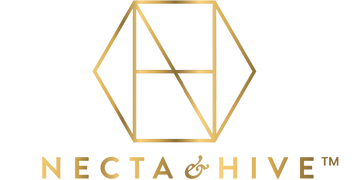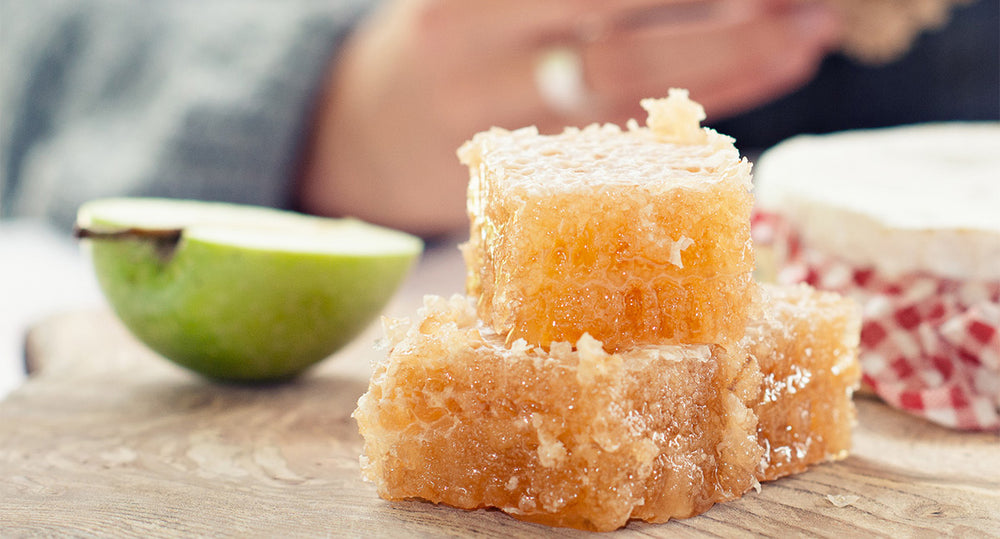5 amazing facts about honey comb!
When it comes to health foods and eating well, you’ve probably heard of honey; especially high quality, active healing honey that’s packed with anti-inflammatory compounds and antimicrobial properties. But have you also heard of honeycomb? That might seem like a silly question – of course we’re all familiar with the perfectly tessellated hexagonals of honeycomb!
Yet did you know that honeycomb was as tasty as the deliciously sweet and golden honey that oozes from these perfectly produced, delights of nature?
That’s right, honeycomb is completely edible, with its own unique set of health benefits, and what’s more, it’s completely delicious. So, let’s take a closer look…
- Honey comes in its own edible packaging – comb honey, such as Necta & Hive Marri Wild Honeycomb 15+ TA can be eaten whole. It has all the sweetness of honey, with a chewy texture, making it ideal as a healthy snack. With its high TA, or Total Activity rating, it’s great for extra support during the winter months when cold and flu viruses are doing their best to attack our immune systems. (What does Total Activity of honey mean?)
- Honeycomb is made via an intricate process – bees have eight pairs of wax glands on their abdomens. These glands produce wax which collects in small flakes on their undersides which they then chew and mix with saliva to become warm and soft. This soft wax is then used to create the comb. The white layer on honeycomb is actually made of beeswax.
- Honeybees are remarkable mathematicians – honeycomb is arranged into clusters of hexagons because this shape makes the most use of available space, a phenomenon of the natural world. Unlike round shapes that don’t fit closely together or square shapes that don’t fit a less than-uniform shape out on the wild, hexagons are nature’s perfect storage unit.
- Honeycomb is used to store honey – a hive is an amazing unit of many, many bees working together to deliver nectar collected from flowers, along with pollen, to the hive. Necta is deposited into the hexagonal wax units by bees and from here, honey is produced. When a unit has been filled, it gets capped with more wax. It’s an astonishing display of fascinating creatures working together for the benefit of the hive. Busy bees indeed!
- Honeycomb contains a variety of beneficial nutrients from other bee products – it’s not just about the beeswax; comb honey also contains propolis, royal jelly and bee pollen. Beeswax is rich in healthy fats that promote healthy cholesterol levels, while propolis (a sticky substance made up of beeswax, bee saliva and tree sap that’s used to help seal up any gaps in the hive) is rich in immune system supporting antioxidant polyphenols. Royal jelly is used to feed the queen bee and is packed with energy providing B vitamins. Finally, bee pollen is a mix of nectar and plant pollen, along with wax and honey and has a rich nutrient profile of vitamins, minerals and healthy fats. Pretty impressive, and that’s without all the incredibly beneficial nutrients in high TA honey!
So, whether you eat comb honey as nature intended, or you add it to warm (not hot – boiling water will destroy the beneficial enzymes) drinks or your morning smoothie, savour each mouthful – the bees worked hard for it!






